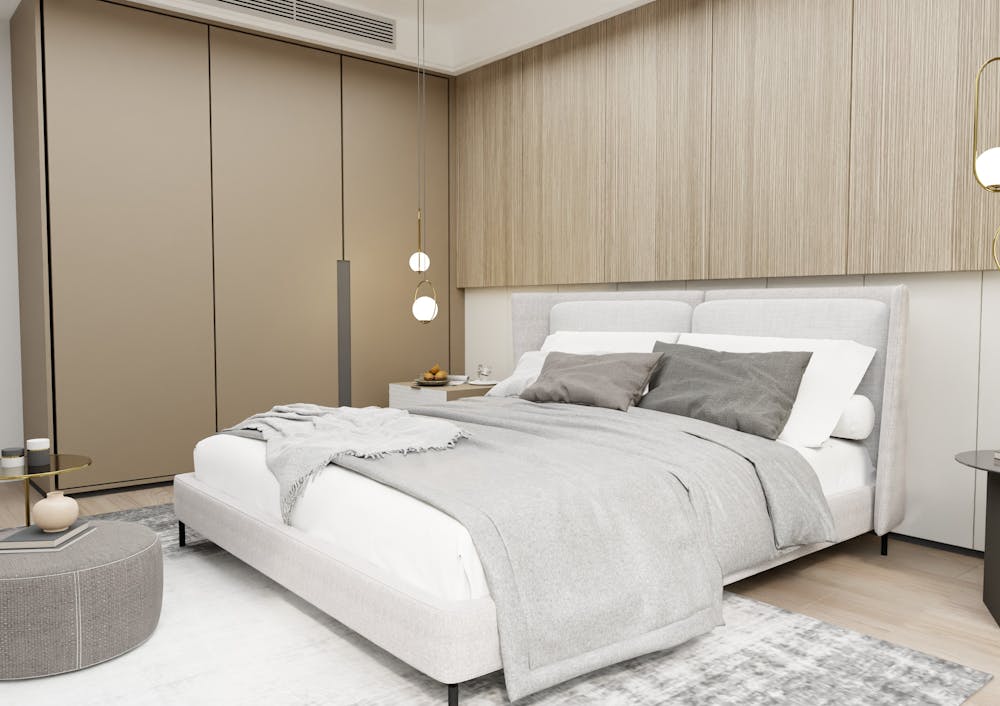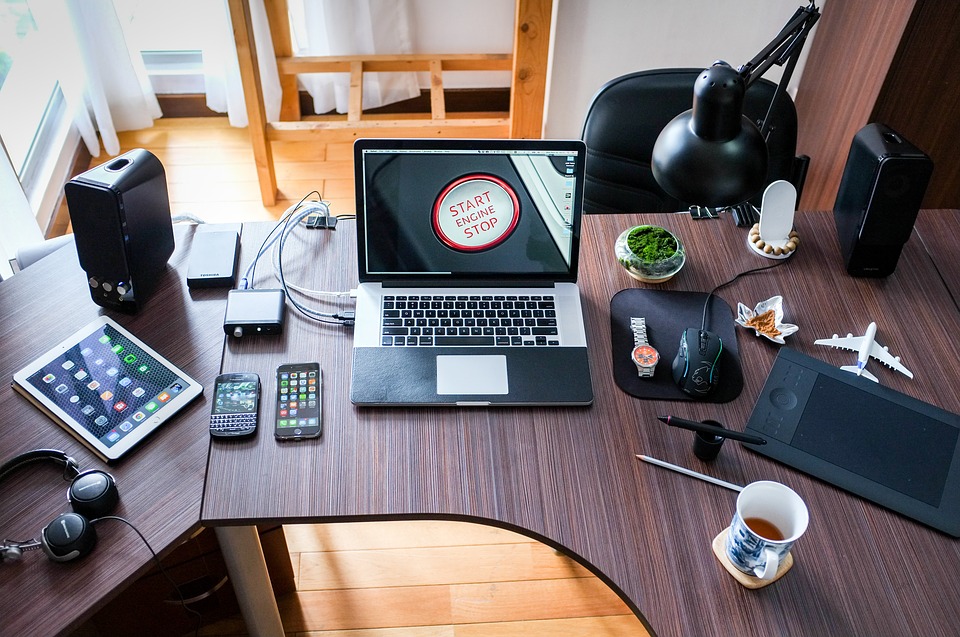Minimalism is not merely an aesthetic trend but a lifestyle approach that focuses on simplicity, practicality, and maintaining a clutter-free space. By adopting minimalist living, you can create a space that promotes tranquillity and efficiency while reducing distractions and stress.
In bustling cities like London, where space is often at a premium, embracing minimalism can transform even the smallest homes into serene, efficient havens.
Whether it’s your bedroom, living area, or kitchen, every part of your home can benefit from thoughtful decluttering and redesign.
Let’s explore practical steps to transform your space into a minimalist haven.
Simplifying Your Bedroom: Bedding, Linen, and Sheets
Your bedroom is a sanctuary for rest, making it the ideal starting point for minimalist living. A serene, clutter-free bedroom not only enhances sleep quality but also sets the tone for simplicity throughout your home. The foundation of minimalist design begins with high-quality bedding, linens, and sheets that prioritise comfort and function.
Start by decluttering your bed and replacing mismatched or worn-out items with cohesive, durable options. Linen and bamboo fabrics are excellent choices for minimalist bedrooms, offering softness, breathability, and sustainability.
These materials regulate temperature effectively, making them ideal for creating a comfortable and calming sleep environment.
Neutral or monochrome colours are perfect for bedding, as they contribute to a soothing atmosphere while seamlessly integrating into a minimalist aesthetic. To elevate your bedroom’s design while staying true to minimalist principles, every item—whether it’s a fitted sheet or duvet cover—should serve a practical purpose and provide lasting value.
If you’re seeking premium, eco-friendly bedding, check out Panda London Black Friday deals for the best discounts. Choosing sustainable options not only enhances the aesthetic and functionality of your space but also supports environmentally conscious practices.
Declutter with Purpose
At the core of minimalist living is decluttering. Begin by creating a plan and focusing on one room or category at a time. A useful approach is the “one-year rule”—if you haven’t used something in the past year, it’s likely time to part with it. Consider donating, recycling, or selling these items to ensure they are put to good use elsewhere.
Minimalism also means being intentional about what you bring into your home. Before purchasing new items, ask yourself if they truly add value to your life or simply contribute to excess. Thoughtful buying habits will help you maintain a minimalist lifestyle in the long run.
Redesigning the Living Room
Your living room is often the centre of your home, making it a crucial area to embrace minimalist principles. Start by rethinking your furniture layout. Aim for an open and airy arrangement that prioritises functionality. Each piece of furniture should serve a specific purpose, and multi-functional items, like ottomans with hidden storage, can maximise space without adding clutter.
When choosing the decor, embrace simplicity. Stick to a cohesive colour palette, such as whites, greys, and earthy tones, to create a harmonious environment. Limit wall art to a few carefully chosen pieces, and select decor items that have personal meaning or practical use.
Lighting plays a significant role in minimalist design. Opt for natural light wherever possible, using sheer curtains to allow sunlight to filter in. For evenings, invest in simple, understated lighting fixtures that provide a warm and inviting atmosphere.
A decluttered and thoughtfully designed living room not only enhances your home’s aesthetic but also creates a space where you can relax and recharge.
Simplifying the Kitchen
Minimalist kitchens are not just beautiful—they’re incredibly functional. Begin by decluttering countertops and cabinets. Keep only the tools and appliances you use regularly, and store the rest in cabinets or drawers. A clear workspace fosters a sense of calm and makes cooking more enjoyable.
Invest in high-quality, multi-functional cookware to reduce the number of items you need. For example, a cast-iron skillet can replace several different pans, and a sharp chef’s knife can handle most cutting tasks. Fewer, better tools will streamline your cooking process and reduce clutter.
When it comes to organisation, use uniform containers for pantry staples like grains, spices, and snacks. Label them clearly for easy access and a tidy look. Open shelving can also enhance a minimalist kitchen but keep it curated to avoid a cluttered appearance.
Finally, adopt the habit of cleaning as you go. Wiping down surfaces, washing dishes, and putting items away after use will help you maintain the minimalist aesthetic in your kitchen.
Creating a Calming Bathroom
A minimalist bathroom is all about clean lines and a sense of serenity. Begin by removing unnecessary items from countertops and shower shelves. Store toiletries in cabinets or drawers, keeping only the essentials on display.
Neutral tones work best in a minimalist bathroom, as they create a spa-like atmosphere. Consider adding texture through natural materials like stone, wood, or bamboo. Small touches, such as a neatly folded towel or a single potted plant, can enhance the space without overwhelming it.
Embracing Mindfulness Through Minimalism
Minimalism isn’t just about physical spaces—it’s also a mindset. By focusing on what truly matters and removing distractions, you can cultivate a more mindful and intentional lifestyle.
Start by reassessing your daily habits. Are there activities or commitments that no longer serve you? Letting go of unnecessary obligations can free up time and energy for what’s truly important.
Practising mindfulness in your home can also deepen your connection to the minimalist lifestyle. Spend time appreciating the beauty of your redesigned space, and take note of how it makes you feel. Whether it’s the comfort of your bedding, the openness of your living room, or the functionality of your kitchen, each element should bring you joy and peace.
All in all, minimalist living is a journey toward simplicity, intentionality, and harmony. By decluttering and redesigning your space, you can create a home that reflects your values and supports your well-being. From choosing sustainable bedding in the bedroom to streamlining your kitchen and embracing mindfulness, every step brings you closer to a minimalist lifestyle.
Start your journey today and experience the transformative power of minimalism. Whether it’s through thoughtful purchases or letting go of excess, you’ll find that simplicity has the potential to enrich every aspect of your life.


